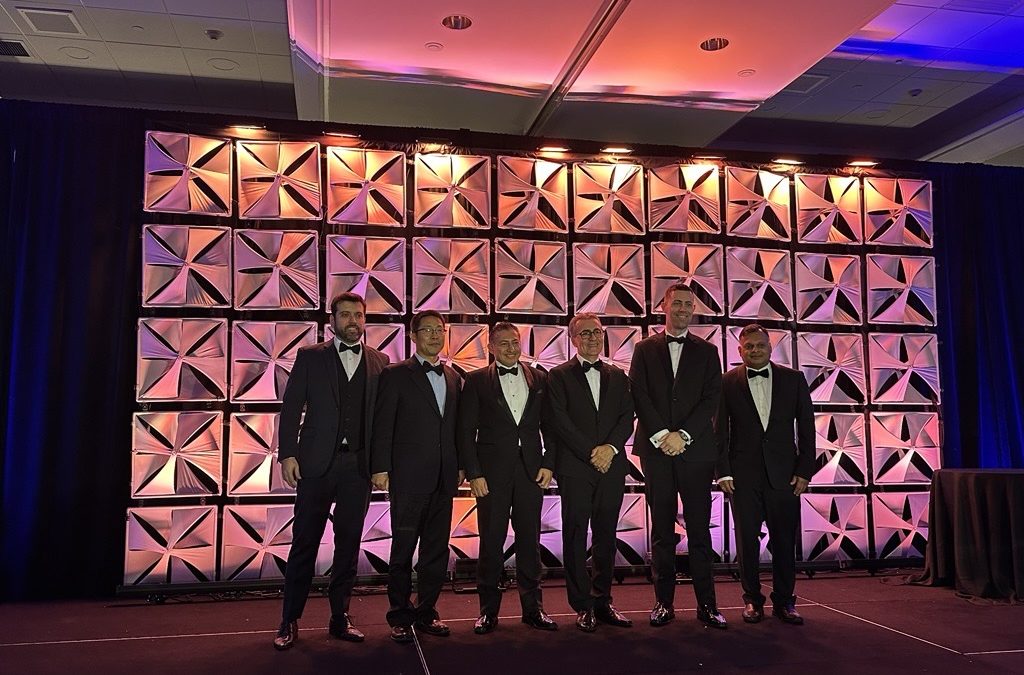The Collaboration Performance Index (CPI) helps companies meet gold standard performance indicators including profitability and sales growth.
MOUNTAIN VIEW, Calif. – Dec. 8, 2015 – Past Frost & Sullivan research established that enterprise collaboration, enabled by a culture of openness and supported by collaboration technology, encourages better business results. Now Frost & Sullivan is taking it a step further by conducting new research aimed at assisting individual companies to find out how well they collaborate and how they can improve to achieve better business results.
New Frost & Sullivan research will focus on the Collaboration Performance Index (CPI), an innovative tool that helps companies quantify the impact of collaboration on business performance and ultimately measure themselves against their direct competitors.
For complimentary access to more information on this research, please visit: http://bit.ly/21JNvbI
In a pair of studies surveying more than 4,500 enterprise decision makers across seven industry verticals in 10 countries around the world, Frost & Sullivan finds that collaboration is a major driver of company performance. It accounts for more than one-third of the success or failure in a company’s business success.
“The workplace is changing, and companies need to change their collaboration strategies, too,” said Frost & Sullivan Unified Communications & Collaboration Vice President of Research Melanie Turek. “With more than half of all employees working outside of a traditional corporate office, companies must find a way to enable communication and collaboration among a dispersed workforce. In the process, they should look at more-advanced technologies than were available just a couple of years ago.”
The CPI is influenced by an organization’s capacity to support teamwork, based on the company’s willingness to do so and its use of collaboration technology across the organization. In addition, this tool measures a company’s effectiveness in using that capacity to support strategic planning, productivity and teamwork as a competitive advantage in the marketplace. The CPI also looks at the types of technology applications and services companies are using to enable collaboration, and the value of those deployments.
Upcoming analysis will examine advanced collaboration technologies, including social and enterprise tools, specifically designed to make it easier for employees to communicate, identify new skill sets, share knowledge, and actively work on projects with accompanying deliverables both online and off. Frost & Sullivan will also offer detailed analysis and guidance around what types of technologies are most valuable for driving and supporting collaboration, such as conferencing, mobile, and enterprise social tools.
“With this new research, we’re aiming to paint a complete picture of what the best companies are doing to leverage the benefits of enterprise collaboration,” stated Frost & Sullivan Growth Consulting Global Vice President Brian Cotton. “We want to make it easy for organizations to benchmark their own efforts and make any necessary changes to achieve maximum results.”





